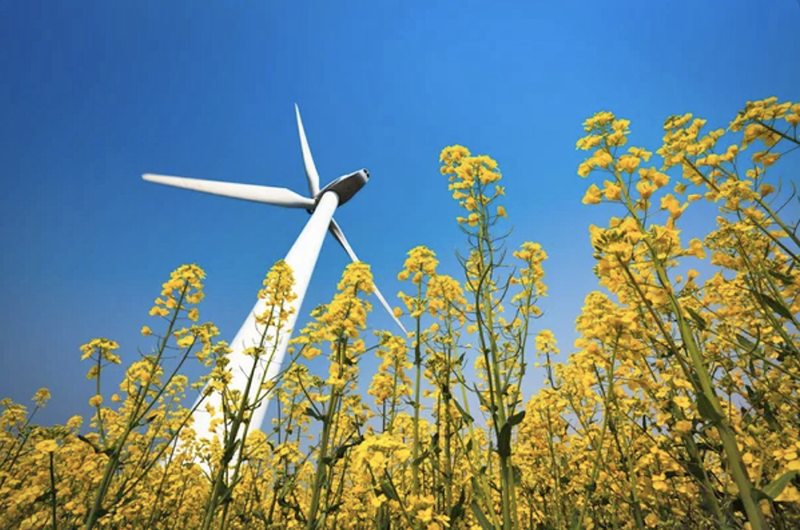Illinois, the Land of Lincoln, is renowned for its fertile soils, sprawling prairies, and bustling cities. Recently, it has made a name for itself as a leading player in the renewable energy sector, particularly in wind energy. With hundreds of wind turbines dotting the landscapes across the state, Illinois has positioned itself at the forefront of the US wind power industry. These wind farms are not only influencing the state’s energy production but are also having a profound impact on real estate dynamics.
The Wind Power Landscape in Illinois
As of 2023, Illinois ranks among the top five states in the US for installed wind power capacity. The Illinois Wind Energy Association reports that the state boasts more than 50 operational wind farms. These wind farms span vast expanses of land, mostly in rural areas, and contribute significantly to the state’s power grid. The combination of strong, steady winds and flat terrain makes the Illinois landscape ideally suited for wind power generation.
Effect on Farmland Values
A significant portion of Illinois’s wind farms are located on agricultural land. Many landowners have seized the opportunity to lease their property to wind energy companies. The land is still viable for farming, as the turbines take up only a small footprint, allowing farming operations to coexist with energy production.
Leasing land for wind turbines has provided farmers with a steady income source, mitigating the impacts of fluctuating commodity prices and unpredictable weather conditions that often plague the agricultural sector. This has increased the value of farmland, particularly in regions with high wind power potential. The incremental lease income has been a significant boon for rural economies, enhancing the appeal of rural real estate investments in Illinois.
Residential Property Values
The effect of wind farms on residential property values has been the subject of ongoing debate. While some studies indicate a potential negative impact due to aesthetic considerations and perceived noise levels, others suggest that the presence of wind farms has minimal or no significant impact on property values. In Illinois, research conducted by the Lawrence Berkeley National Laboratory found no statistical evidence that home prices within ten miles of wind facilities were affected in the post-construction or post-announcement phases.
Urban Commercial Real Estate
Wind farms have also had an indirect impact on the commercial real estate market in urban areas like Chicago. With the rise in corporate social responsibility (CSR) and a global push towards sustainability, companies are increasingly investing in renewable energy. Businesses in Illinois can benefit from proximity to wind energy resources, contributing to their green credentials and reducing energy costs.
The Future of Wind Energy and Real Estate in Illinois
The wind energy sector in Illinois is expected to grow, thanks to government initiatives, increasing investor interest in renewable energy, and technological advancements that make wind power generation more efficient and cost-effective. This growth will continue to shape the state’s real estate market in both predictable and unexpected ways.
Wind farm expansion might further increase the value of rural and agricultural lands. Moreover, as more businesses gravitate towards green energy, commercial properties connected to renewable energy sources could witness increased demand. Lastly, the development of offshore wind projects on Lake Michigan could open new frontiers in the Illinois real estate market, impacting both residential and commercial properties.
Conclusion
The wind farms of Illinois are reshaping the real estate market in interesting ways. While their impact on different property types varies, one thing is clear: the wind energy boom is a significant factor in the Illinois property market, affecting investment strategies, rural economies, and property values. As wind power continues to grow, its influence on Illinois’s real estate scene will be a trend to watch.






